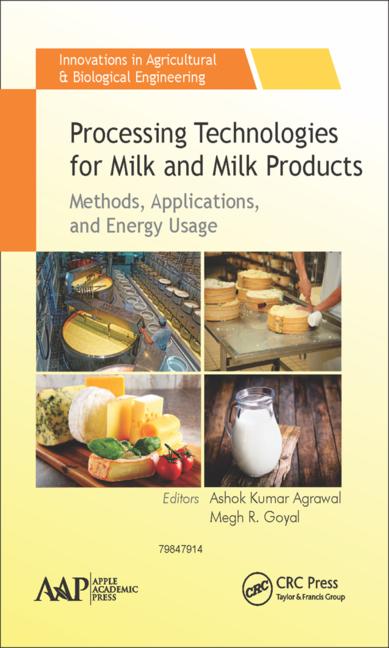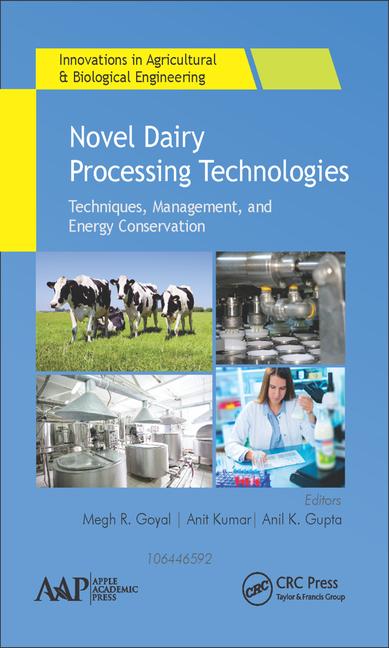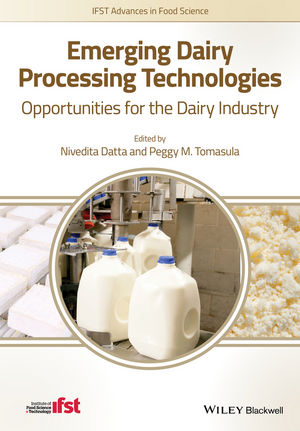
Austrian phenomena Red Bull showed beverage marketers that energy, in relation to food, no longer has to equate to calories. This is a disconnect for anyone who studied nutrition, as calories and energy have always been viewed as synonymous.
The original sports (Gatorade) and energy (original Red Bull) drinks relied on sugar, the major carbohydrate used as fuel by the body for, you guessed it, supplying energy. However, today, thanks to ingredients ranging from caffeine to taurine, both of which are in Red Bull Sugar Free, to ginseng and guarana, there are low-calorie approaches to combatting mental and physical fatigue. Sugar is no longer a prerequisite.
Beverage marketers are also now making energy drinks that contain dairy ingredients, positioning dairy’s protein, vitamin and calcium contents as key contributors of energy. For example, in December, Londonderry, N.H.-based Stonyfield Farm rolled out organic Shift, which is described as providing sustainable energy through its unique combination of protein, vitamins, acai and ginseng. It contains no caffeine or guarana. The company says that Shift is an excellent source of vitamins B3 and B6, both of which support mental and physical performance. Acai is a so-called super fruit known for its energizing health properties, while ginseng helps fight fatigue.
PowerBar, a brand of Nestlé USA Inc., Glendale, Calif., is entering the dairy beverage business with its new PowerBar Recovery ready-to-drink shake. The company is not skimping on the sugar in this drink, in fact the company touts that a single serving contains 42g of quick-digesting carbohydrates to speed glycogen restoration; however, what makes this product unique is the dairy protein content. A single serving contains 13g of amino acid-rich protein for muscle repair and synthesis. All of the protein comes from two key ingredients: nonfat milk and complete milk protein.
In April, Bravo! Brands Inc., North Palm Beach, Fla., said it plans to expand milk into the sports and energy drink market. The company formulated Slammers Sport Milk, which it says has the same rehydration capabilities as the leading sports drinks, but unlike these drinks, allows cells to rebuild by increasing absorption of the protein naturally found in milk. In addition, the product contains CoQ-10 and a vitamin B complex to provide fast and long-lasting energy.
Bravo! says the drink concept came to fruition as a result of the growing body of scientific and empirical evidence suggesting milk can play an important role in post-exercise recovery and rehydration when used as a replenishment delivery system. In fact, in the April 2007 issue of The American Journal of Clinical Nutrition researchers from Canada’s McMaster University published results from a new study that found cows milk to be twice as effective in rebuilding muscles as soymilk post workout.
“Muscle routinely breaks down after exercise,” says University of Southern California Kinesiology Professor Bob Girandola. “Active people need to supply their bodies with the right kind of protein for muscle to recover fully. Cows milk has that kind of protein, plus a whole host of other nutrients like calcium and vitamin D. Milk is a very nutrient dense food.”
The study looked at eight, healthy, young men who lift weights. The experts divided them into two groups, half drinking skim milk and the other half taking soymilk post workout. After a 10-week period, the men who drank skim milk produced twice as much muscle mass. Researchers believe casein in cows milk may have contributed to the improved muscle growth.
“But this study doesn’t pertain just to body builders,” says Girandola. “Adults with active lifestyles and children who play sports can also benefit.” Nutritionists recommend active people drink about two, 8-oz servings of skim milk after exercising for best results. Researchers also say it is important that those who workout to drink skim milk one to three hours after exercise: the critical window for muscle recovery.
Who needs bull when you can have cow?


